Oberlin Alumni Magazine
Winter 2011-2012 Vol. 107 No. 1
Capturing the Soul of a College
The making of Oberlin, the book
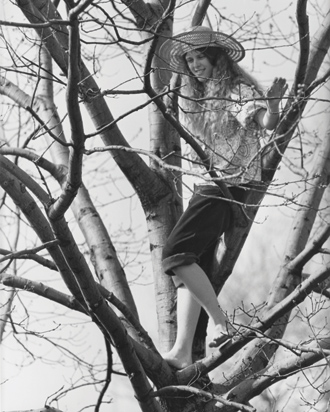
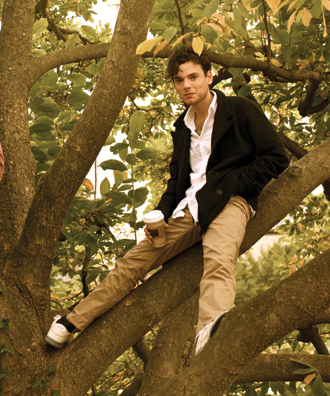

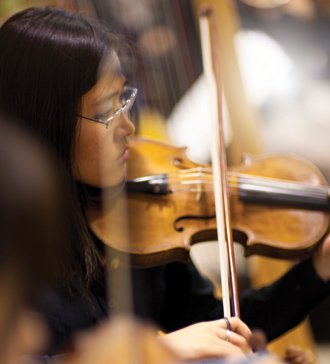
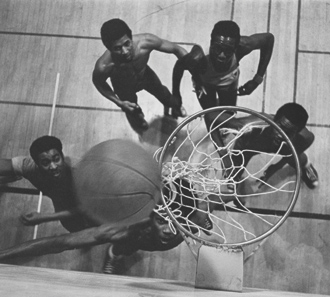

While touring a handful of U.S. colleges and universities 13 years ago, Mark Brunton, a London-based management consultant, was struck by something absent from campus bookstores—commemorative "coffee table" books that represented the uniqueness and spirit of each institution. The books that were offered were often dry and academic and lacked any kind of personal reflections or compelling photography.

Why, he wondered, had no one thought to produce a line of creative, authentic keepsake books that captured and honored the distinctive experience of each college?
Fast forward to 2009, when Brunton founded College Green Publishing, an independent arts publishing company in London specializing in producing collector’s books for colleges and universities. Brunton and his team—writer, editor, documentary filmmaker Guy Evans, and photographer Jonathan Glynn-Smith—began searching for the company’s first client. Several people recommended Oberlin. Intrigued by the college’s rich history and culture, Brunton sent Glynn-Smith to campus to take initial test photos.
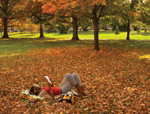
"We very quickly fell in love with Oberlin," Brunton says.
Working closely with Oberlin College Archivist Ken Grossi, the College Green team immersed themselves in Oberlin—past and present. They created a prototype of the kind of book they wanted to publish and presented it to members of Oberlin’s senior staff and the Alumni Association. Impressed, Oberlin agreed to move forward with the project and began collaborating with the company.
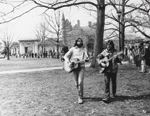
The College Green team made several research-intensive trips to Oberlin, pouring through more than 20,000 historical images and shooting scores of photographs over a two-year period. Grossi, along with employees in Oberlin’s communications and alumni offices, held weekly conference calls with College Green and arranged interviews with 25 faculty and staff members, Oberlin residents, students, and alumni.

The result—Oberlin—is a more than 400-page, oversized coffee table book that features five essays by Evans and about 1,000 images of Oberlin from its founding in 1833 to today. Brunton says he recognized early on that there was no such thing as a typical "Oberlin experience," so he instead worked to capture the soul and spirit of the school across all generations.
The goal, Evans says, was not to write another history of Oberlin, but to create something "impressionistic" that tells Oberlin’s story as it has never been told before. Struck by the "pragmatic idealism" of the Oberlin community, the College Green team says that Oberlin’s history of inclusion, activism, and passion are key themes that set it apart from other colleges and universities.
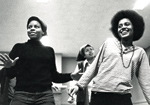
Scheduled for publication this June, the book is divided into six chapters. "Somewhere in the Middle of Nowhere" recreates the journey of arriving in Oberlin for the first time. "Peculiar and Passionate" examines Oberlin’s commitment to social and political causes, such as abolitionism, women’s rights, service, peace, and environmentalism. "Illuminations" discusses the process of inner illumination and self-discovery that is an integral part of an Oberlin education. "Together" showcases groups of Obies in various settings. "Let’s Go to the Circus" depicts "having fun with the slightly anarchic theme Oberlin brings to proceedings," Evans says. The book also features commencement ceremonies over the years.

Brunton says the book focuses on activism on- and off-campus and on Obies’ "willingness to shine the light into the darkness." Obies are not afraid to speak their minds, he adds, and they generally have an "animating passion and the ability to experiment and try things for the sake of curiosity and challenging oneself."
Oberlin is also unique in the importance it places on collectives. "Obies have valued not working in isolation, and there seems to be a lot of love in that," Brunton says. "I’ve never encountered people with such a sense of mission. People (at Oberlin) are not in it for themselves. They are in it for the greater good."

Photographer Glynn-Smith, who has made a living shooting photos for major fashion magazines, found inspiration in the "Oberlin style" that he says emanates from the campus. He kept a personal photo diary of his time in Oberlin and spent much time "experiencing Oberlin as a student would"— attending classes and sporting events and embedding himself in college life so he could "totally communicate that feeling and that spirit."
Part of the Oberlin spirit, of course, is about giving back. College Green has offered to donate the research it conducted (including original photography) to the Oberlin archives. In addition, 10 percent of every book sold will go to an endowed scholarship fund established by College Green—the College Green/Oberlin College and Conservatory Scholarship Fund. The goal is to raise $50,000 to benefit future generations of Oberlin students.
"I think what the book will do is cue memories," Evans says, "and bring back the emotional experience of being at Oberlin, and being an Obie out in the world."
For more information on Oberlin, or to reserve a copy, visit www.oberlinbook.com.
Elizabeth Weinstein is Assistant Director of Alumni Outreach and Engagement.

Want to Respond?
Send us a letter-to-the-editor or leave a comment below. The comments section is to encourage lively discourse. Feel free to be spirited, but don't be abusive. The Oberlin Alumni Magazine reserves the right to delete posts it deems inappropriate.